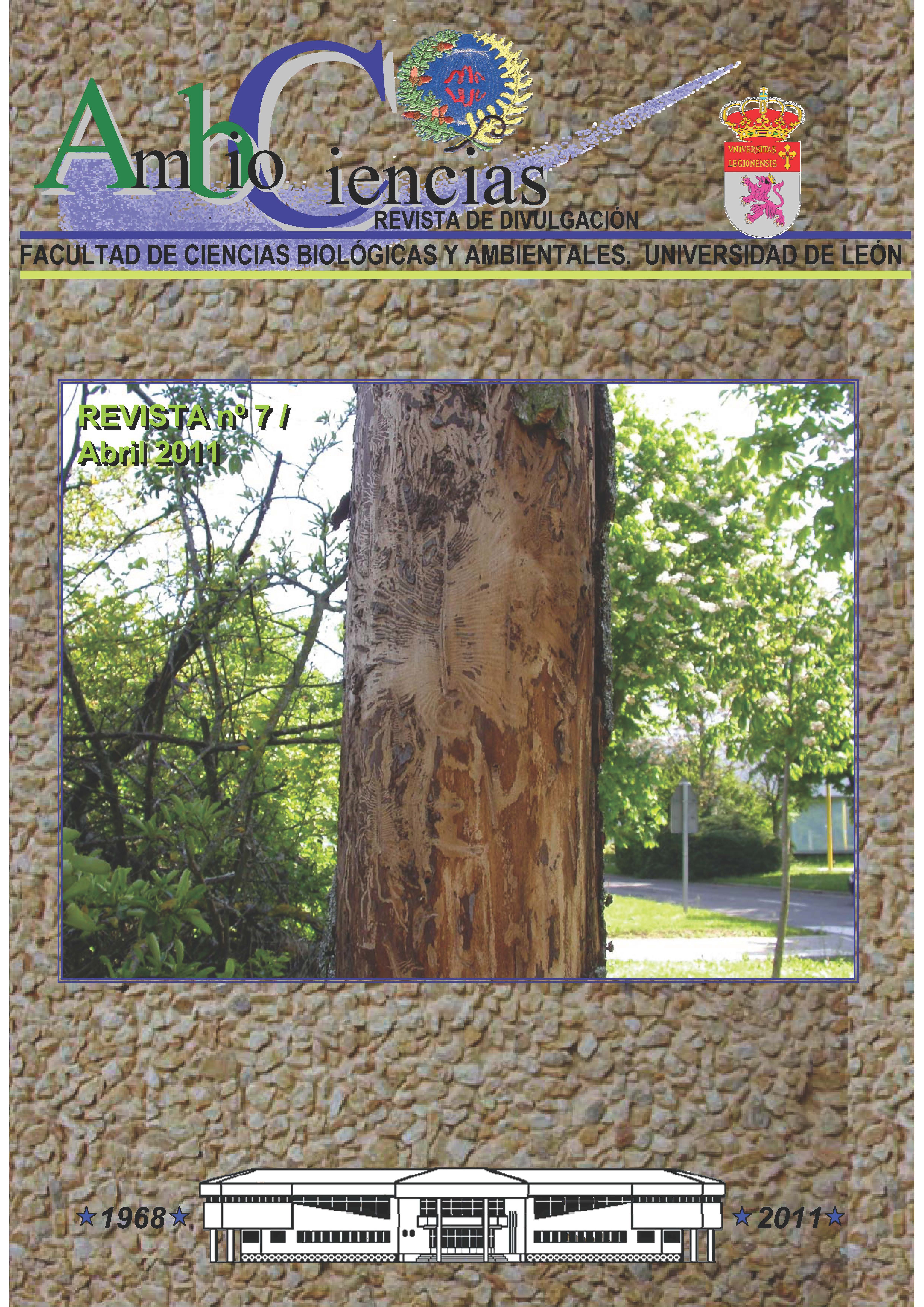El arsénico, ese conocido tan desconocido
DOI:
https://doi.org/10.18002/ambioc.v0i7.4916Keywords:
Biología, Ecología. Medio ambiente, Toxicología, Arsénico, Biorremediación,Abstract
Una reciente publicación científica en la prestigiosa revista “Science” abogaba por la aparición de otro tipo de forma de vida (“extraterrestre” se ha dicho) basándose en la aparente abundancia de resultados proporcionados por el descubrimiento de una bacteria que aparentemente había sustituido el fósforo, uno de los elementos esenciales para la vida, tal cual la conocemos, por el arsénico (Wolfe-Simon et al., 2010). Dado que este asunto supone un tema complejo, incluso para personas que estamos dentro de este campo de la ciencia, en este “Baúl de la ciencia” se pretende explicar de la forma más sencilla posible cuál es el papel del arsénico en la naturaleza y cómo este elemento interacciona negativamente con los seres vivos. Desde este conocimiento básico tendremos más fundamentos para avalar o refutar la existencia de una forma de vida diferente a la convencional que describen los autores de la publicación
Downloads
References
Fu H.L., Meng Y., Ordoñez E., Villadangos A.F., Bhattacharjee H., Gil J.A., Mateos L.M., Rosen B.P. 2009. Properties of arsenite efflux permeases (Acr3) from Alkaliphilus metalliredigens and Corynebacterium glutamicum. J. Biol. Chem. 284:19887-19895.
Feo J.C., Ordóñez E., Letek M., Castro M.A., Muñoz M.I., Gil J.A., Mateos L.M., Aller A.J. 2007. Retention of inorganic arsenic by coryneform mutant strains. Water Res. 41:531-542.
Lièvremont D, Bertin P.N., Lett MC. 2009. Arsenic in contaminated waters: biogeochemical cycle, microbial metabolism and biotreatment processes. Biochimie. 91:1229-1237.
Lombi E., Holm P.E. 2010. Metalloids, soil chemistry and the environment. Adv. Exp. Med. Biol. 679:33-44.
Mari F., Bertol E., Fineschi V., Karch S.B. 2004. Channelling the Emperor: what really killed Napoleon? J. R. Soc. Med. 97:397-399.
Mateos L.M., Ordóñez E., Letek M., Gil J.A. 2006. Corynebacterium glutamicum as a model bacterium for the bioremediation of arsenic. Int. Microbiol. 9:207-215.
Mukhopadhyay R., Rosen B.P., Phung L.T., Silver S. 2002. Microbial arsenic: from geocycles to genes and enzymes. FEMS Microbiol. Rev. 26:311-325.
Ordonez E., Van B.K., Roos G. De G.S., Letek M., Gil J.A., Wyns L., Mateos L.M., Messens J. 2009. Arsenate reductase, mycothiol, and mycoredoxin concert thiol/disulfide exchange. J. Biol. Chem. 284:15107-15116.
Ordonez E., Thiyagarajan L., Cook J.D., Stemmler T.L., Gil, J.A., Mateos L.M., Rosen B.P. 2008. Evolution of metal(loid) binding sites in transcriptional regulators. J. Biol. Chem. 283:25706-25714.
Ordóñez E., Letek M., Valbuena N., Gil J.A., Mateos L.M. 2005. Analysis of genes involved in arsenic resistance in Corynebacterium glutamicum ATCC13032. Appl. Environ. Microbiol. 71:6206-6215.
Rosen B.P. 2002. Biochemistry of arsenic detoxification. FEBS Lett. 529:86-92.
Rosen B.P, Tamás M.J. 2010. Arsenic transport in prokaryotes and eukaryotic microbes. Adv. Exp. Med. Biol. 679:47-55.
Silver S., Phung L.T. 2005. A bacterial view of the periodic table: genes and proteins for toxic inorganic ions. J. Ind. Microbiol. Biotechnol. 32:587-605.
Tawfik D.S., Viola R.E. 2011. Arsenate replacing phosphate: alternative life chemistries and ion promiscuity. Biochemistry. 50:1128-1134.
Velásquez L., Dussan J. 2009. Biosorption and bioaccumulation of heavy metals on dead and living biomass of Bacillus sphaericus. J. Hazard Mater. 167:713-716.
Villadangos A.F., Ordóñez E., Muñoz M.I., Pastrana I.M., Fiuza M., Gil J.A., Mateos L.M., Aller A.J. 2010. Retention of arsenate using genetically modified coryneform bacteria and determination of arsenic in solid samples by ICP-MS. Talanta. 80:1421-1427.
Wolfe-Simon F, et al. 2010. A bacterium that can grow by using arsenic instead of phosphorus. Science. doi: 10.1126/science.1197258.
Downloads
Published
How to Cite
Issue
Section
License
Copyright (c) 2011 Luis Mariano Mateos Delgado

This work is licensed under a Creative Commons Attribution-NonCommercial-ShareAlike 4.0 International License.
Los autores que publican en esta revista están de acuerdo con los siguientes términos:
- Los autores ceden de forma no exclusiva los derechos de explotación (reproducción, distribución, comunicación pública, transformación) a la Universidad de León, por lo que pueden establecer, por separado, acuerdos adicionales para la distribución no exclusiva de la versión de la obra publicada en la revista (por ejemplo, alojarlo en un repositorio institucional o publicarlo en un libro), con un reconocimiento de su publicación inicial en esta revista.
- Este trabajo se encuentra bajo la Creative Commons Attribution-NonCommercial-ShareAlike 4.0 International License. Puede consultarse desde aquí la versión informativa y el texto legal de la licencia.
- Se permite y se anima a los autores a difundir electrónicamente las versiones pre-print (versión antes de ser evaluada) y/o post-print (versión evaluada y aceptada para su publicación) de sus obras antes de su publicación, ya que favorece su circulación y difusión más temprana y con ello un posible aumento en su citación y alcance entre la comunidad académica.







